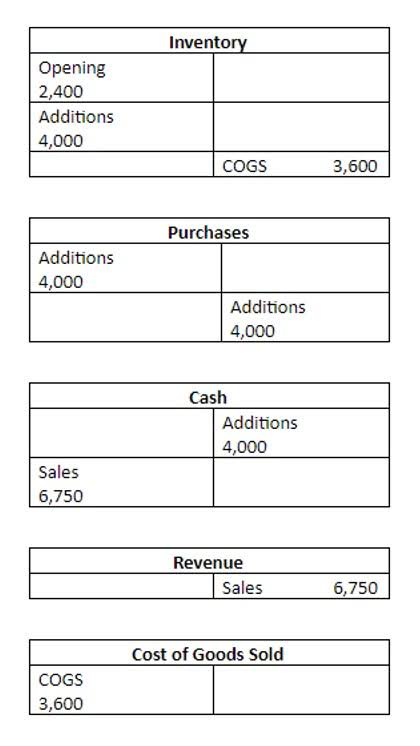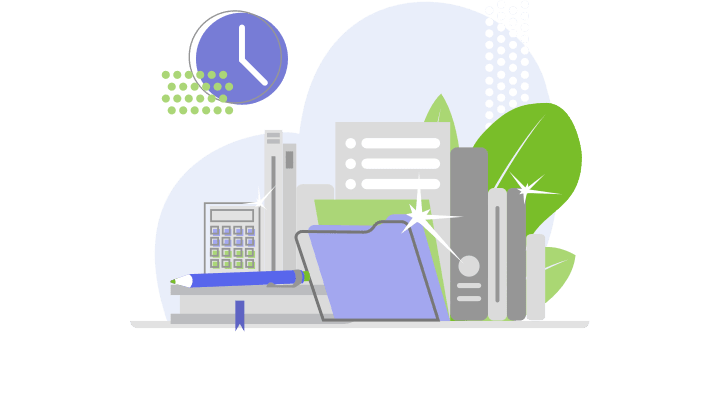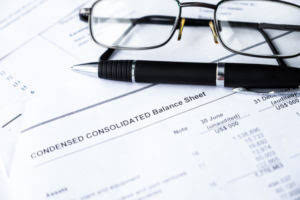
Over the depreciation process, the double depreciation rate remains constant and is applied to the reducing book value each depreciation period. To calculate the depreciation expense of subsequent periods, we need to apply the depreciation rate to the laptop’s carrying value at the start of each accounting period of its life. Here’s the depreciation schedule for calculating the double-declining https://www.bookstime.com/ depreciation expense and the asset’s net book value for each accounting period. In case of any confusion, you can refer to the step by step explanation of the process below. First-year depreciation expense is calculated by multiplying the asset’s full cost by the annual rate of depreciation and time factor. If you file estimated quarterly taxes, you’re required to predict your income each year.
- Double-declining depreciation charges lesser depreciation in the later years of an asset’s life.
- What that means is we are only depreciating the asset to its salvage value.
- Double declining balance depreciation allows for higher depreciation expenses in early years and lower expenses as an asset nears the end of its life.
- Double declining balance is the most widely used declining balance depreciation method, which has a depreciation rate that is twice the value of straight line depreciation for the first year.
- As tax professionals, we’re always trying to calculate DDB to conform to the tax rules and end up doing this manually with VLOOKUPs and depreciation tables.
- On Thursday, you have one eighth left, and you drink half of that—so you’ve only got one sixteenth left for Friday.
- However, the management teams of public companies tend to be short-term oriented due to the requirement to report quarterly earnings (10-Q) and uphold their company’s share price.
It will appear as a depreciation expense on your yearly income statement. Now you’re going to write it off your taxes using the double depreciation balance method. If you’re brand new to the concept, open another tab and check out our complete guide to depreciation. Then come back here—you’ll have the background knowledge you need to learn about double declining balance. If the company was using the straight-line depreciation method, the annual depreciation recorded would remain fixed at $4 million each period.
How to Calculate Double Declining Balance Depreciation
In the depreciation of the asset for each period, the salvage value is not considered when doing calculations for DDD balance. The monthly accounting close process for a nonprofit organization involves a series of steps to ensure accurate and up-to-date financial records. In regards to depreciation, salvage value (sometimes called residual or scrap value) is the estimated worth of an asset at the end of its useful life. If the salvage value of an asset is known (such as the amount it can be sold as for parts at the end of its life), the cost of the asset can subtract this value to find the total amount that can be depreciated.
- He is a CFA charterholder as well as holding FINRA Series 7, 55 & 63 licenses.
- The best reason to use double declining balance depreciation is when you purchase assets that depreciate faster in the early years.
- Under the DDB depreciation method, book value is an important part of calculating an asset’s depreciation, as you’ll need to know the asset’s original book value to calculate how it will depreciate over time.
- For reporting purposes, accelerated depreciation results in the recognition of a greater depreciation expense in the initial years, which directly causes early-period profit margins to decline.
- Instead of appearing as a sharp jump in the accounting books, this can be smoothed by expensing the asset over its useful life.
- And if it’s your first time filing with this method, you may want to talk to an accountant to make sure you don’t make any costly mistakes.
This approach ensures that depreciation expense is directly tied to an asset’s production or usage levels. This process continues for each subsequent year, recalculating the depreciation expense based on the declining book value. As the asset’s book value decreases, the depreciation expense also decreases. The calculated depreciation should not result in a book value lower than the asset’s estimated salvage value (the value at which the asset is expected to be sold at the end of its useful life). The amount of final year depreciation will equal the difference between the book value of the laptop at the start of the accounting period ($218.75) and the asset’s salvage value ($200). The following section explains the step-by-step process for calculating the depreciation expense in the first year, mid-years, and the asset’s final year.
Straight-Line Depreciation Method
And the rate of depreciation is defined according to the estimated pattern of an asset’s use over its useful life. Some companies use accelerated depreciation methods to defer their tax obligations into future years. It was first enacted and authorized under the Internal Revenue Code in 1954, and it was a major change from existing policy. On the other hand, with the double declining balance depreciation method, you write off a large depreciation expense in the early years, right after you’ve purchased an asset, and less each year after that. So the amount of depreciation you write off each year will be different. The declining balance method is one of the two accelerated depreciation methods and it uses a depreciation rate that is some multiple of the straight-line method rate.

Nevertheless, businesses should carefully evaluate their specific circumstances and asset types when choosing a depreciation method to ensure that it aligns with their financial objectives and regulatory requirements. Understanding the pros and cons of the Double Declining Balance Method is vital for effective financial management and reporting. In this comprehensive guide, we will explore the Double Declining Balance Method, its formula, examples, applications, and its comparison with other depreciation methods. Doing some market research, you find you can sell your five year old ice cream truck for about $12,000—that’s the salvage value.
Can I switch from the Double Declining Balance Method to another depreciation method?
This approach accelerates the depreciation charge, making it higher in the initial years and lower in the later years, reflecting a more rapid loss of utility or value of the asset. Generally speaking, DDB depreciation rates can be 150%, 200%, or 250% of straight-line depreciation. In the case of 200%, the asset will depreciate twice as fast as it would under straight-line depreciation. At the beginning of the second year, the fixture’s book value will be $80,000, which is the cost of $100,000 minus the accumulated depreciation of $20,000. When the $80,000 is multiplied by 20% the result is $16,000 of depreciation for Year 2.

After all, adding thousands of miles to a delivery truck in its early years will cause it to deteriorate in value quickly. Unlike straight-line depreciation, which dictates that an asset will experience the same amount of depreciation over the course of its lifetime, DDB depreciation will cause the asset to depreciate double declining balance method twice as quickly. Yes, it is possible to switch from the Double Declining Balance Method to another depreciation method, but there are specific considerations to keep in mind. See the screenshot below for the formulas used in the spreadsheet and the results of the MACRS half-year depreciation calculations.
Leave a Reply